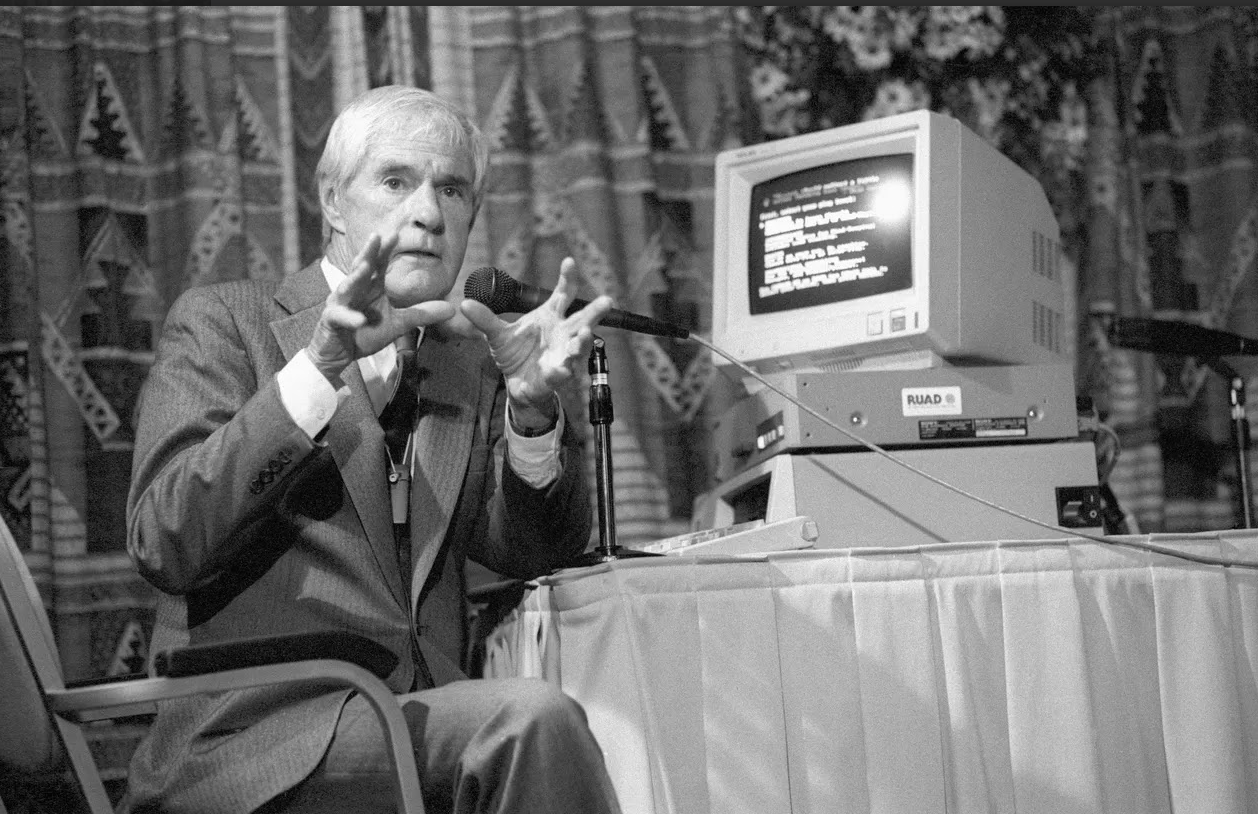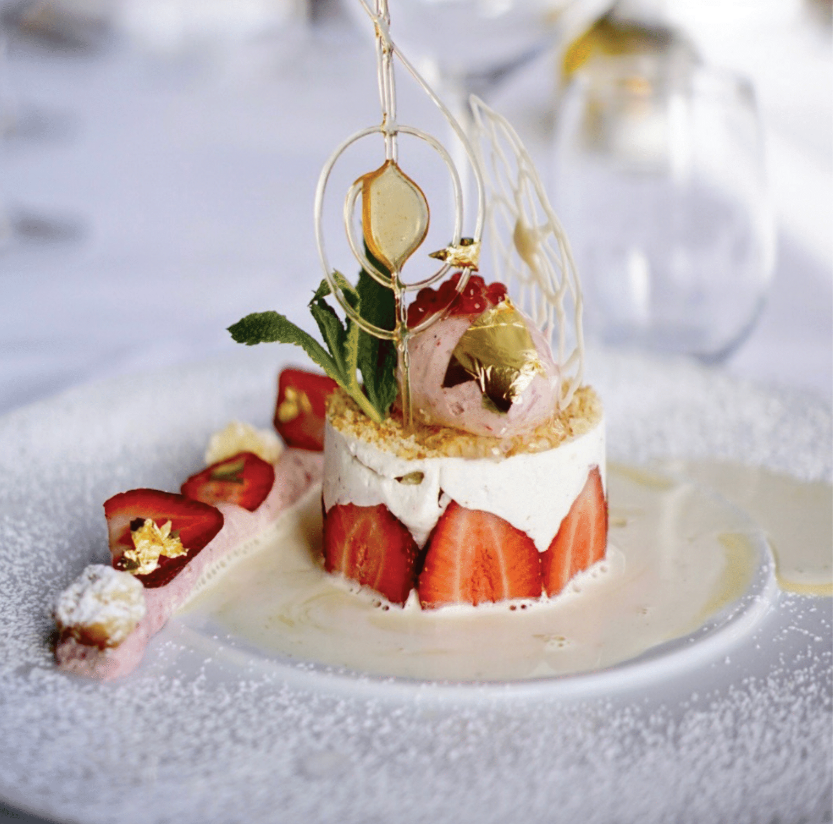The Psychedelic Renaissance
A Journey from Ancient Rituals to Modern Microdosing

In recent years, a subtle yet powerful shift has occurred in the world of wellness—one that intertwines ancient traditions with modern science. At the center of this movement is the practice of microdosing, particularly with psychedelics like psilocybin mushrooms. What was once a sacred tool used in religious rituals by ancient civilizations is now being embraced as a means to enhance creativity, cognitive function, and overall well-being.
Psilocybin mushrooms have been revered for centuries for their mystical and spiritual properties. These "flesh of the gods," as the Aztecs and Mayans called them, played a significant role in the religious and shamanic practices of ancient Mesoamerican cultures. Mushrooms were seen as a bridge to the spirit world, used in ceremonies for divination, healing, and spiritual insights.
However, with the advent of Western colonization, the use of psychedelics, including mushrooms, was suppressed, their sacred status diminished in the face of cultural and religious shifts. It wasn’t until the mid-20th century that these substances resurfaced in Western consciousness, this time as tools for exploring the human mind.
In the 1950s and 1960s, a new wave of interest in psychedelics emerged, fueled by researchers, psychiatrists, and counterculture figures. Psychedelics were seen as a way to unlock new dimensions of consciousness and self-awareness. Figures like Timothy Leary and Terence McKenna became advocates for the potential of these substances to foster personal growth and expand perceptions of reality.
Yet, the promise of psychedelics was cut short in the 1970s when they were classified as Schedule I substances in the United States. This legal barrier halted most research and pushed psychedelics into the shadows for several decades.
Today, psychedelics are experiencing a renaissance, particularly through the practice of microdosing. Microdosing involves taking small, sub-perceptual doses of psychedelics like psilocybin mushrooms—typically around one-tenth to one-twentieth of a regular dose. Unlike the full-scale trips associated with psychedelic use in the past, microdosing aims to integrate the subtle benefits of these substances into daily life.
Advocates of microdosing report enhanced creativity, improved mood, and greater focus. It’s a practice that has found favor among a diverse group of individuals, from tech entrepreneurs to artists, athletes, and those seeking to boost their mental well-being.
The resurgence of interest in psychedelics, and particularly microdosing, is more than just a trend—it’s a reconnection with ancient wisdom. As science begins to catch up with what ancient cultures understood intuitively, we are discovering that these substances may offer profound benefits for mental health and well-being.
While the legal and ethical landscape around psychedelics continues to evolve, the growing body of research and anecdotal evidence suggests that microdosing may hold the key to a new era of wellness. By carefully integrating these ancient tools into modern life, we can potentially enhance our creativity, emotional resilience, and connection to the world around us.
As we continue to explore the possibilities of microdosing, it’s clear that we are on the cusp of a new chapter in the story of human consciousness—one that blends the wisdom of the past with the promise of the future.




